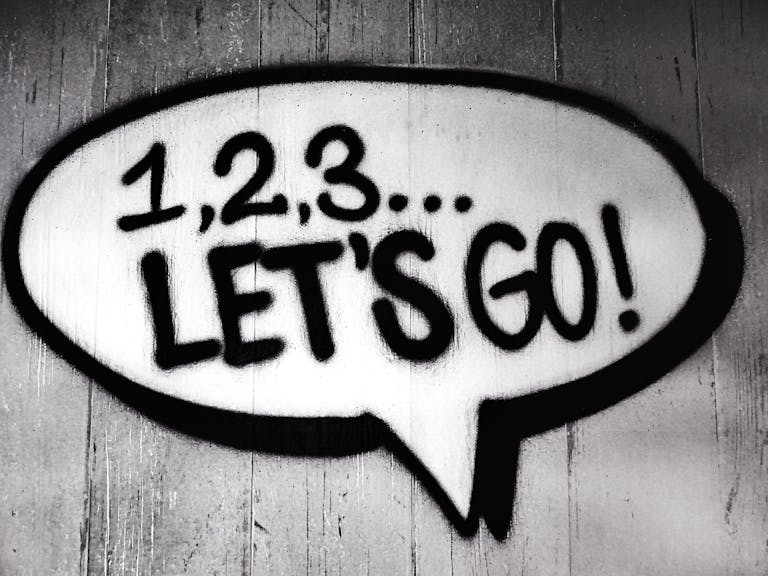Amazon Business Still Dominates B2B Marketplace – The Rise, The Dissatisfaction, and The Way Forward
In an era where the lines between consumer and business purchasing blur, Amazon Business continues to tower over the B2B marketplace. With its unmatched logistical prowess, competitive pricing, and wide product catalog, the platform has solidified its status as the go-to for enterprises large and small. However, a growing undercurrent of dissatisfaction among younger buyers has begun to emerge, casting a shadow over the convenience Amazon Business offers. As inflation bites and economic uncertainties loom, B2B purchasing behavior is shifting—and the cracks in buyer satisfaction are showing.
Let’s unpack the numbers, the frustrations, and what it all means for the future of B2B commerce.
Amazon Business – The Undisputed Leader of B2B Marketplaces
Launched in 2015, Amazon Business quickly disrupted the traditional B2B landscape. In 2023 alone, Amazon Business exceeded $35 billion in annualized sales, solidifying its dominance in the global B2B marketplace. Key factors driving its success include:
- Logistics Excellence: Amazon’s robust fulfillment network allows for fast delivery—a game-changer for businesses in need of supplies with urgency.
- Wide Selection: Offering everything from industrial tools to office essentials, Amazon Business caters to an extensive array of industries.
- Pricing Transparency: Businesses benefit from competitive pricing, volume discounts, and procurement automation tools that streamline purchasing workflows.
As companies increasingly look for digital-first solutions to manage procurement, Amazon Business has become synonymous with efficiency and scale.
- According to Statista, the global B2B e-commerce market size surpassed $7.3 trillion in 2023, with Amazon Business holding a lion’s share of this growth.
- Digital Commerce 360 reports that 75% of U.S.-based enterprises now use Amazon Business for procurement.
- B2B e-commerce sales are expected to account for 17% of total global B2B sales by 2025.
Yet, while Amazon remains the preferred platform for businesses, cracks are beginning to emerge, particularly among Millennial and Gen Z buyers.
Rising Buyer Dissatisfaction – Millennials and Gen Z are Speaking Up
Younger buyers are becoming the driving force behind B2B purchasing decisions. In fact, 87% of Millennial and Gen Z buyers report playing a significant role in procurement. However, their expectations are reshaping the B2B landscape, and the results are telling:
- 72% of Millennial buyers say they prefer platforms with intuitive, consumer-like experiences (think seamless navigation, personalization, and mobile-first design).
- A Forrester survey reveals that 60% of younger buyers are dissatisfied with clunky purchasing interfaces, lack of customization, and inconsistent customer support across B2B platforms.
- 55% believe B2B marketplaces need to offer better post-purchase support and product recommendations tailored to their needs.
For all of Amazon Business’ strengths, its rigid interface and mass-market approach often fail to deliver the tailored, engaging experience younger professionals expect. While the B2C side of Amazon prioritizes personalization, its B2B counterpart often leaves modern buyers feeling like just another purchase order.
Economic Pressure – Inflation, Recession, and Shifting Budgets
The rise in dissatisfaction among B2B buyers also coincides with mounting economic pressures:
- Inflation Impact: U.S. inflation remained elevated at 3.3% in November 2023, with procurement budgets stretched thin as costs rise for raw materials, labor, and transportation.
- Recession Fears: Uncertainty surrounding a potential recession in 2024 has forced businesses to scrutinize every expense, increasing demand for transparent pricing and value-driven purchases.
- Cost-Cutting Measures: Businesses are turning to platforms like Amazon Business for bulk discounts and procurement optimization to offset rising costs.
While Amazon Business helps enterprises cut costs, younger buyers are frustrated by its one-size-fits-all approach. Brands that fail to adapt to the evolving demands of modern B2B procurement risk losing their edge.
Top B2B Categories and Shifting Trends
| Industry | Top B2B Categories | Younger Buyer Expectations |
|---|---|---|
| Healthcare | Medical supplies, PPE, office equipment | Faster delivery, accurate tracking |
| Construction | Tools, safety gear, raw materials | Bulk discounts, tailored recommendations |
| Education | Classroom supplies, electronics | Streamlined ordering, intuitive interface |
| Food & Beverage | Packaging, utensils, cleaning supplies | Sustainability, transparent pricing |
| Manufacturing | Components, equipment, safety tools | Predictive delivery, post-purchase support |
Younger buyers demand more than just products—they want speed, ease of use, and relevance to their roles and industries. Amazon Business must bridge these gaps to maintain loyalty.
Future-Proofing B2B Sales – Tips for Businesses
So, how can brands and businesses navigate the shifting sands of B2B procurement? Here are some actionable steps to safeguard success:
- Personalize the Experience: Tailor product recommendations and content to align with buyer behavior and preferences.
- Invest in Technology: Utilize AI-driven tools to predict demand, automate procurement workflows, and enhance post-purchase support.
- Focus on Transparency: Offer clear pricing, bulk savings, and sustainable options—younger buyers value authenticity and honesty.
- Optimize for Mobile: B2B decision-makers are increasingly mobile. Ensure platforms are responsive and user-friendly.
- Engage Through Content: Provide educational materials, webinars, and case studies that showcase your product’s value.
- Listen and Adapt: Collect buyer feedback regularly and adjust your offerings to meet the evolving demands of your audience.
Adapting to a New B2B Era
Amazon Business remains the undisputed leader in the B2B marketplace, but the growing dissatisfaction among younger buyers is a warning signal for all brands. Businesses must rethink their strategies to align with modern buyer expectations—balancing cost, convenience, and customization.
For B2B sellers and brands, this is both a challenge and an opportunity. By embracing technology, understanding generational shifts, and delivering exceptional buyer experiences, businesses can thrive even in a fluctuating economy.
The future of B2B sales is clear: those who adapt to the needs of Millennial and Gen Z buyers will not only survive but lead the charge into a new era of procurement. Are you ready to rise to the occasion?








This article kept my attention from start to finish!
The site’s design makes it a joy to explore.